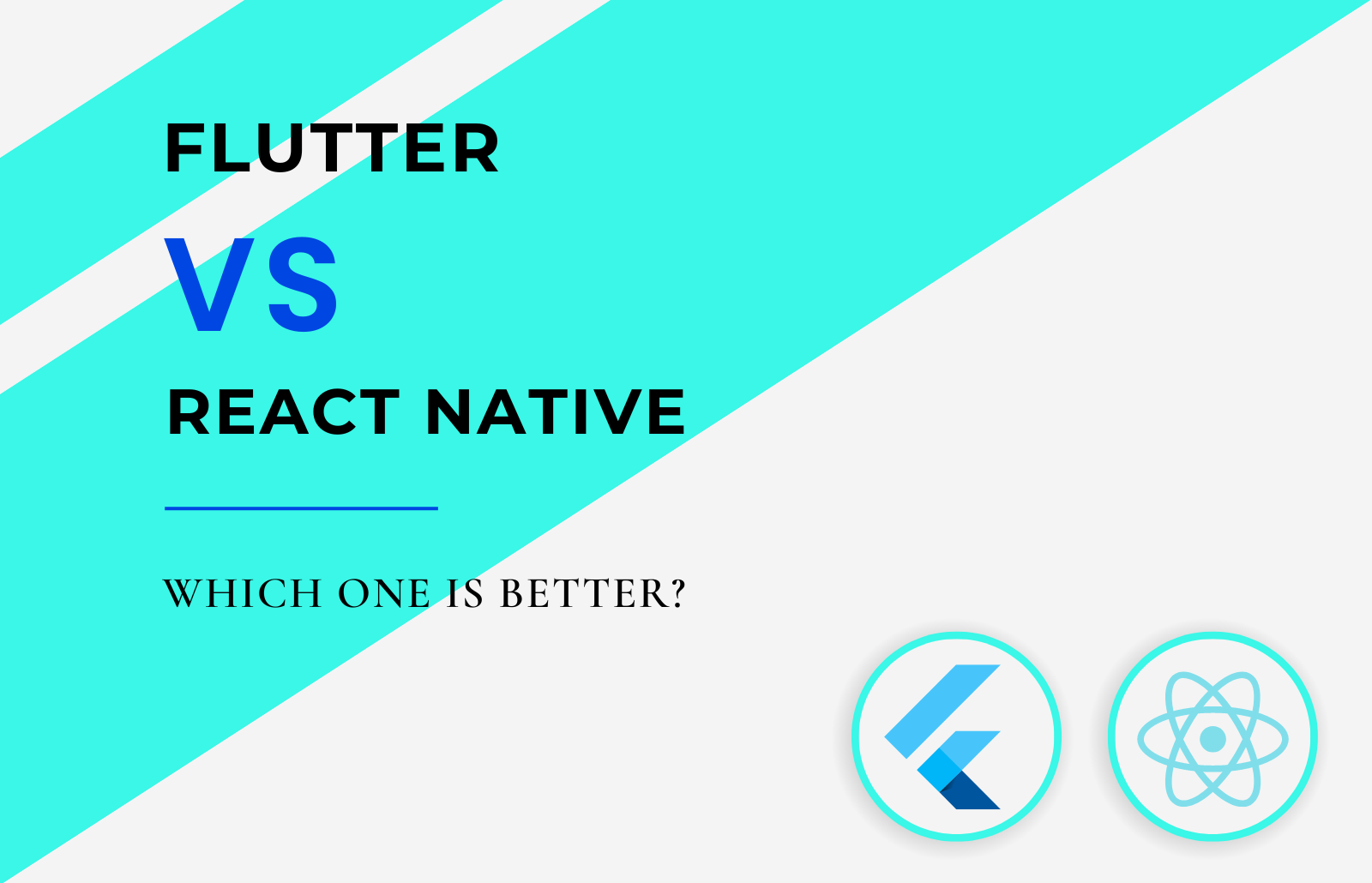When it comes to building mobile applications, the first question one might ask is: what is the best way to create an app that can reach as many users as possible? With the recent improvements in mobile application development, there has been an increase in cross-platform frameworks that allow developers to make apps that can be released on multiple platforms using the same codebase. Although the list is pretty extensive, the two most popular frameworks are Flutter and React Native. Both frameworks have their advantages and disadvantages and, as such, you need to consider all the differences to make an informed decision about which to use on your application.
In this article, we are going to take a look at the key differences between Flutter and React Native and compare the two on various factors, such as performance, development tools, architecture, platform support, and so on. We will start by defining both frameworks, and compare each across different aspects, such as architecture and performance.
What are cross-platform frameworks?
Cross-platform development frameworks are software tools that enable developers to create applications that run seamlessly across multiple operating systems and platforms.
These frameworks allow developers to write code once, and then deploy it to different platforms such as iOS, Android, Windows, and the web. This approach saves time and resources by eliminating the need to write additional code for each platform.
These frameworks also work by using a set of libraries and tools that abstract away the differences between platforms. These libraries allow developers to write platform-independent code, meaning it can run on any platform without modification.
One of the main benefits of cross-platform development frameworks is that they provide a consistent user experience across different devices and platforms. They also make it easier for developers to maintain and update their applications, since they only need to make changes to one code base.
There are several cross-platform development frameworks available, including React Native, Xamarin, Flutter, and Ionic. Each framework has its features and advantages, and developers must choose the one that best suits their needs. For this article, we’re only focusing on Flutter and React Native.
Flutter and React Native
Flutter and React Native are the most popular cross-platform development frameworks used by developers to build mobile applications. Both frameworks have revolutionised mobile app development by enabling developers to build powerful, visually-stunning, and fully-featured apps that work seamlessly across platforms. They are two of the most actively worked on GitHub repositories in the world.
Google created Flutter in 2017, and it has become a popular choice among developers due to its high performance, ease of use, and extensive library of pre-built widgets. Flutter uses the Dart programming language, which is easy to learn and use. Additionally, Flutter’s hot reload feature allows developers to make code changes and see the changes immediately in the application, making the development process faster and more efficient.
React Native, on the other hand, was developed by Facebook in 2015 and is widely used by developers to build cross-platform mobile applications. React Native uses JavaScript and allows developers to create applications that run on iOS and Android devices. The popularity of React Native can be attributed to its ability to provide users with a native experience even though the applications are built using JavaScript.
Flutter is known for its high performance and ease of use, making it an excellent choice for building complex applications. React Native provides a more native experience to users and is perfect for building apps that require lots of animations and complex interactions. Both have their unique strengths and impact on the mobile development scene.
Flutter vs React Native
Development Philosophy
React Native, just like React for the web, is designed to be minimal. It provides some base components but leaves everything else to be maintained by the open-source community, meaning a React Native project generally requires lots of third-party dependencies. Flutter, however, comes with an extensive widget library right out the gate, and the Google team maintains many plugins for common use, like the camera. Both frameworks have a package manager, and also have extensive communities to make mobile app development easier to understand and execute.
Language
Flutter uses a programming language called Dart. Dart is an object-oriented language with strong typing developed by Google. This language is optimised for compiling to multiple platforms with ahead-of-time and just-in-time compilation, which results in performance advantages, but it’s a language that is rarely used by developers. On the other hand, React Native is based on Javascript, which is one of the most popular languages in the world today, meaning it has lots of community support and developers.
Architecture
React Native works by running two separate JavaScript threads; one is the main thread to run the application on the intended platform, and the other runs the business logic of the application. Those threads are isolated but there is a bridge between them that allows them to communicate with each other using serialised messages. It allows a JavaScript application to communicate with the native platform meaning that, when the components get rendered, they are truly native components showing up on the screen.
Flutter, on the contrary, has its own high-performance rendering engine called Skia built with C++ which allows it to render custom pixels to the screen with smooth animations and high frame rates. This allows for rendering components without the use of the bridge, although there is an option to communicate with the native system for native features.
Performance
React Native uses JavaScript to connect to the native components via a bridge. That results in the speed of development and running time being slower than in Flutter. In terms of rendering, Flutter uses Skia, which promotes smooth animations and high frame rates, and a consistent look and feel across all platforms. React Native uses the native rendering engine of the platform which may lead to performance issues.
When compiling, Flutter uses ahead-of-time compilation, meaning that the startup times are faster and the overall performance improves. React Native uses just-in-time compilation, compiling the code at run time, and therefore increasing the startup time.
The garbage collector systems also play a role in the overall performance of the application. Dart, as the Flutter programming language, has efficient memory management compared with JavaScript, which has a less efficient garbage collection system and may have memory leaks and performance issues if not optimised.
Conclusion
Overall, even though Flutter may have an advantage over React Native in terms of performance due to its use of customizable UI widgets and the Skia rendering engine, both frameworks offer high performance and smooth user experiences. The performance varies depending on the requirements and complexity of the final application. To select one option over the other, developers must consider their project-specific requirements, personal preferences, available resources, and, ultimately, their developers’ knowledge of the specific languages.
Author:



